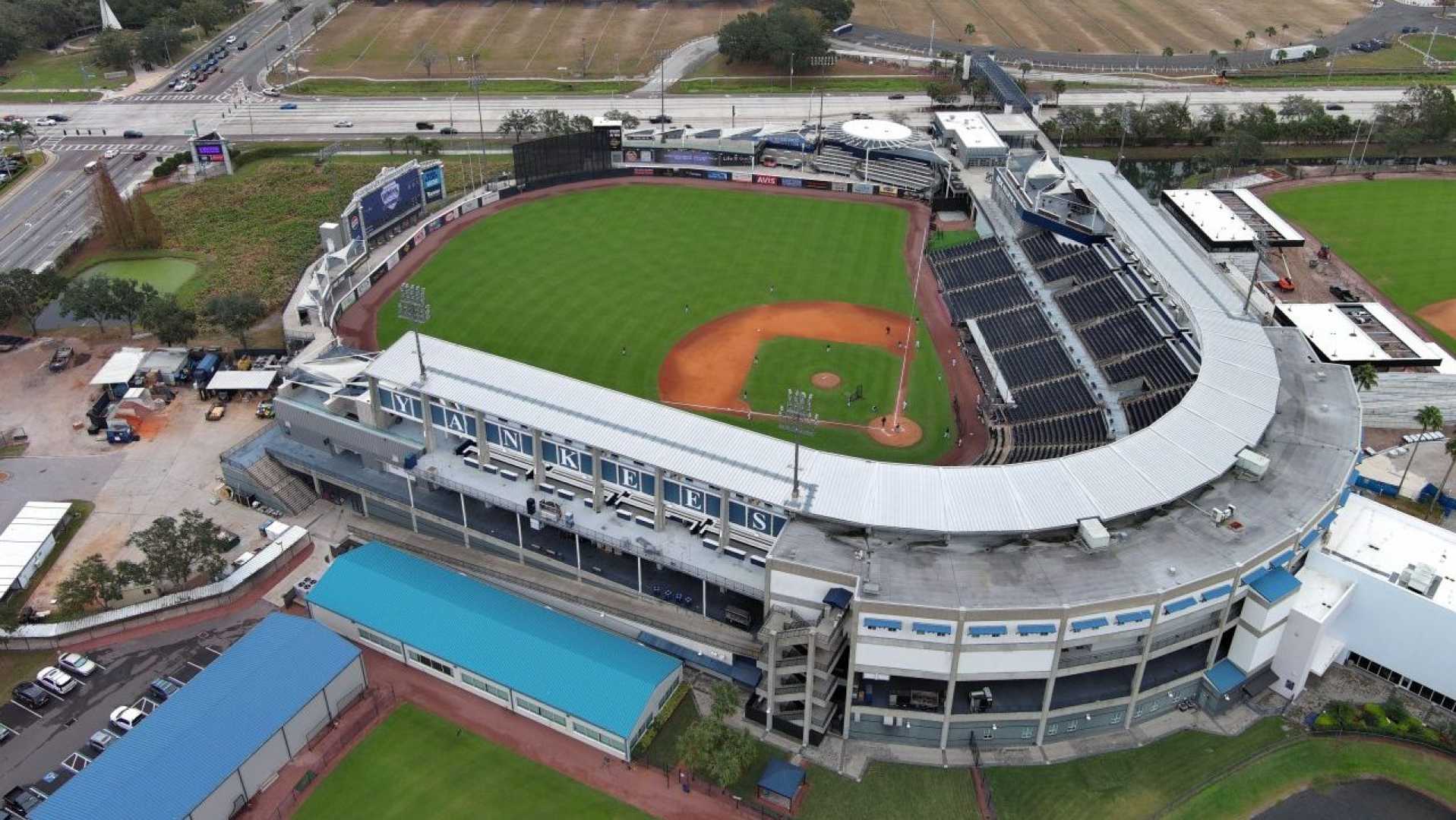Sports
Rays and Athletics Shift Home Games to Minor League Parks

TAMPA, Fla. — In an unusual turn of events, both the Tampa Bay Rays and the Oakland Athletics will play all 81 of their home games in minor league parks during the upcoming 2025 season. The Athletics will host their games at Sutter Health Park, home of the Triple-A Sacramento River Cats, while the Rays will play at George M. Steinbrenner Field, previously the venue for the Single-A Tampa Tarpons.
This move comes as the teams deal with various challenges affecting their traditional home bases. For the Athletics, concerns include issues related to their stadium and a decision by team management that many fans have criticized. For the Rays, the change is due to the continuing impacts of environmental factors and venue complications that necessitated this strategic shift.
The transition to minor league parks raises intriguing questions about how these new venues will affect gameplay, particularly in terms of run production and pitching environments. Historical data indicates that Oakland Coliseum and Tropicana Field were both classified as pitcher-friendly venues. The Coliseum ranked sixth in reducing offensive output by 3% relative to the league average, while Tropicana Field suppressed offense by approximately 8%, placing it third on the list of most pitcher-friendly parks.
In a detailed analysis of Sutter Health Park, data from sports analyst Matt Eddy shows that it was significantly pitcher-friendly during the 2024 minor league season, with a reduction of 31% in runs compared to other Pacific Coast League parks. George M. Steinbrenner Field’s performance was closer to neutral within the Florida State League, although it promoted home runs, particularly from left-handed batters.
To accurately project park factors for these two venues in the major league context, factors like ballpark dimensions and environmental conditions must be taken into account. Notably, the dimensions of Sutter Health Park are relatively comparable to Oakland Coliseum, while GMS Field’s dimensions are akin to Yankee Stadium, known for its history of favoring hitters.
Weather conditions also play a critical role in shaping park factors. Alan Nathan highlights that air density — affected by various climatic factors including temperature and humidity — directly influences run-scoring environments. For the analysis, hourly climate data collected from Sacramento International Airport and Tampa International Airport is used to calculate average air density during game times.
Analysis of average air density suggests that Sutter Health Park ranks in the middle of league averages, while GMS Field may be among the more hitter-friendly locations, particularly due to its warmer temperatures and humidity levels during the season.
Through preliminary estimates derived from outfield square footage and air density, it appears that Sutter Health could be pegged as a middle-of-the-pack venue, while GMS Field may lean toward more favorable conditions for hitters.
“Our calculations suggest interesting results,” said Michael Rosen, a transportation researcher and baseball analyst. “Neither of these parks is likely to be pitcher-friendly, and it will be fascinating to see how this season unfolds within these environments.”
As the 2025 season commences, the implications of these shifts will undoubtedly capture the attention of baseball enthusiasts and analysts alike. With an entirely different playing field, fans can expect unexpected outcomes that could alter the dynamics of both the Rays and the Athletics.












